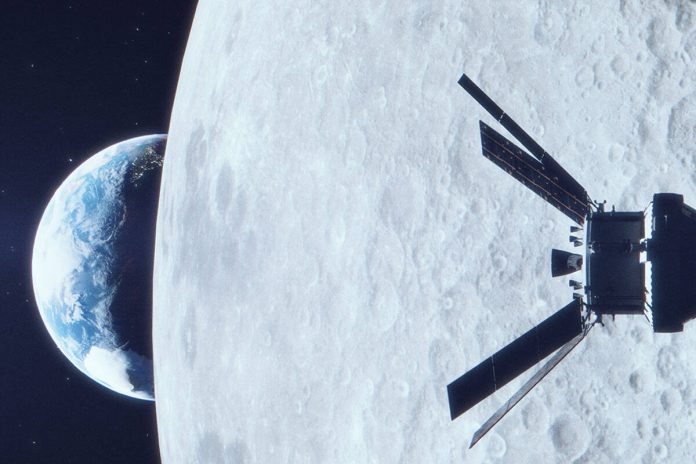One of the 12 technology development projects selected by NASA as part of the Next Space Technologies for Exploration Partnerships (NextSTEP) is called Lunar IceCube, according to a Wednesday announcement by Morehead State University, the recipient of the grant. MSU was given $7.9 million to develop a cubesat to explore for water ice on the moon, the presence of which has been indicated by a number of other space probes over the past two decades. Lunar ice would change the economics of lunar exploration and settlement in profound ways.
Lunar IceCube would be launched as a secondary payload as part of a planned 2018 mission to launch an unpiloted Orion spacecraft around the moon in the first test of the heavy lift Space Launch System. A cubesat typically has a volume of about one liter, a mass of 1.33 kilograms, and uses mainly off the shelf electronics. Cubesats have already been tested in low Earth orbit. IceCube will be one of the first to go into deep space.
“Under this NASA NextSTEP program, Morehead State University and its partners, the Busek Company (Natick MA), NASA Goddard Spaceflight Center (GSFC in Greenbelt MD), and the Catholic University of America (CUA), will develop and build a 6U CubeSat designed to prospect for water ice and other lunar volatiles from a low-perigee lunar orbit flying only 100 km (62 miles) above the lunar surface. The Lunar IceCube will be deployed during lunar trajectory by the SLS (which will be the most powerful rocket ever built) and use an innovative RF Ion engine to achieve lunar capture and the science orbit to allow the team to make systematic measurements of lunar water features. The science goals are to investigate the distribution of water and other volatiles, as a function of time of day, latitude, and regolith composition/mineralogy.”
Lunar IceCube will contain a number of cutting edge technologies designed to fulfill its mission to scan the moon for ice.
“Under this NASA NextSTEP program, Morehead State University and its partners, the Busek Company (Natick MA), NASA Goddard Spaceflight Center (GSFC in Greenbelt MD), and the Catholic University of America (CUA), will develop and build a 6U CubeSat designed to prospect for water ice and other lunar volatiles from a low-perigee lunar orbit flying only 100 km (62 miles) above the lunar surface. The Lunar IceCube will be deployed during lunar trajectory by the SLS (which will be the most powerful rocket ever built) and use an innovative RF Ion engine to achieve lunar capture and the science orbit to allow the team to make systematic measurements of lunar water features. The science goals are to investigate the distribution of water and other volatiles, as a function of time of day, latitude, and regolith composition/mineralogy.”
The probe will also contain a new propulsion system designed to insert it into lunar orbit.
“One of the enabling technologies that make missions like this possible is the use of a cutting edge ion electric propulsion system. The Lunar IceCube mission will use an ion propulsion system based on Busek’s 3cm RF ion thruster known as BIT-3. It utilizes a solid iodine propellant and an inductively-coupled plasma system that produces significant thrust even with the low power available to CubeSats.”
If Lunar IceCube succeeds, it will prove the concept of tiny space probes that will be cheap enough for a university or small commercial entity to design and build and small enough to be included as secondary payloads as part of larger missions. It will also, incidentally, expand our understanding of lunar ice, a prerequisite for larger scale lunar exploration and eventual settlement.















